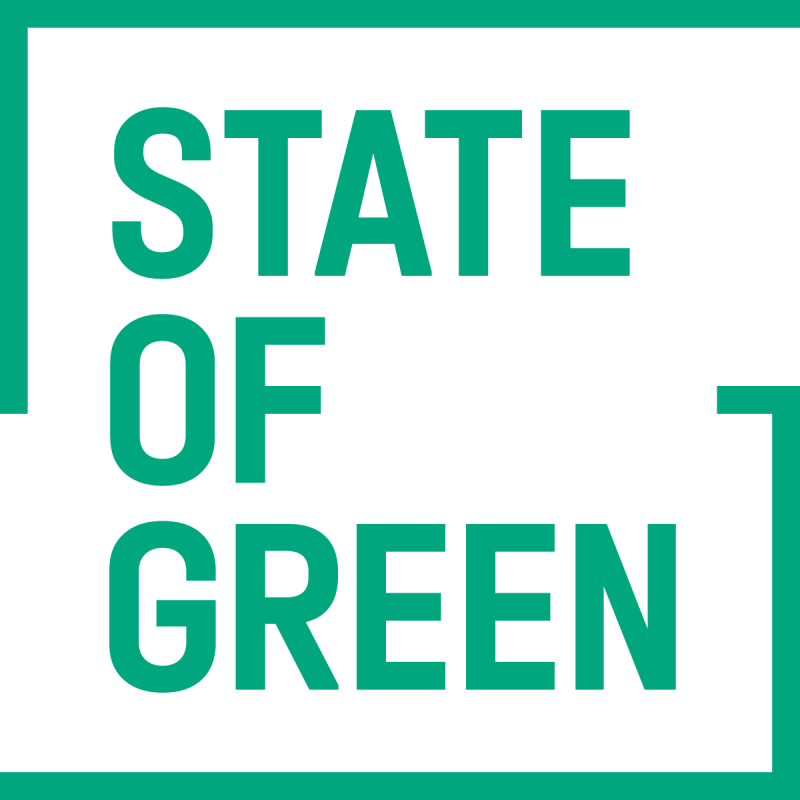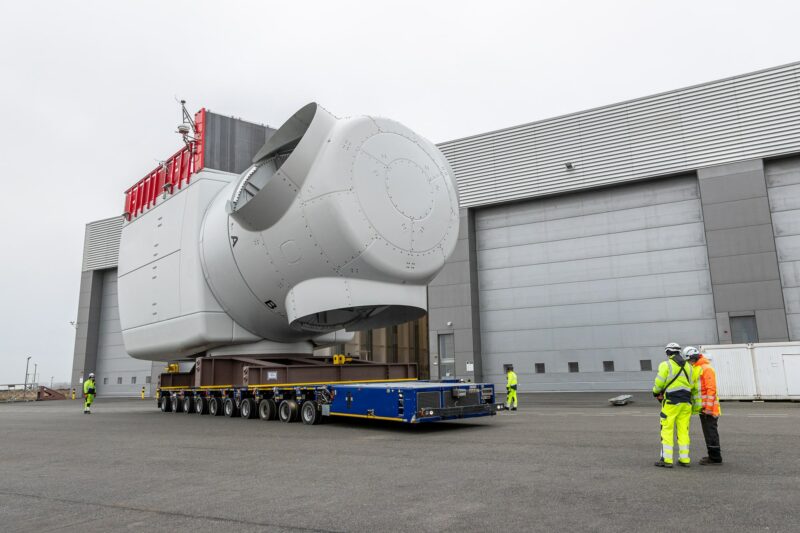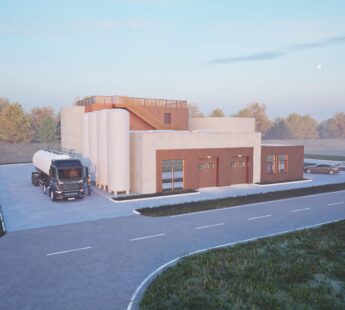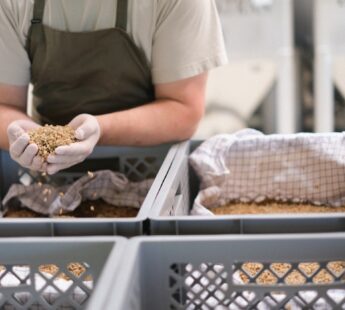Continuum Composite Recycling, a Danish solution provider, has developed an innovative technology to convert fibreglass waste into high-quality construction materials. This method efficiently processes fibreglass-reinforced thermosetting plastic, a key component in wind turbine blades, nacelles, monopole covers, as well as in ships and aircraft.
The process allows for the near-complete utilization of materials from decommissioned wind turbine blades, ensuring nearly 100% repurposing of these resources. The reclaimed materials are used in creating facade elements, foundations, tiles, and various other building materials, contributing to a sustainable and circular approach in construction.
This advancement not only enhances the efficient use of raw materials but also plays a crucial role in promoting sustainable construction practices.
The inauguration of the recycling plant is scheduled for construction in Esbjerg by 2024, with operations expected to commence no later than 2026.
Related news: New project achieves breakthrough in recycling wind turbine blades
“We have developed a technology that makes it possible to repurpose the fiberglass waste, which has been a challenge in several industries until now. The output is competitive upcycled materials for the construction industry, which e.g., can be used for facades, in wet rooms, in foundations and for floor separation. The technology will, therefore, help reduce the carbon footprint in the construction industry,” Jesper Kilbæk, Chief Operating Officer at Continuum.



















